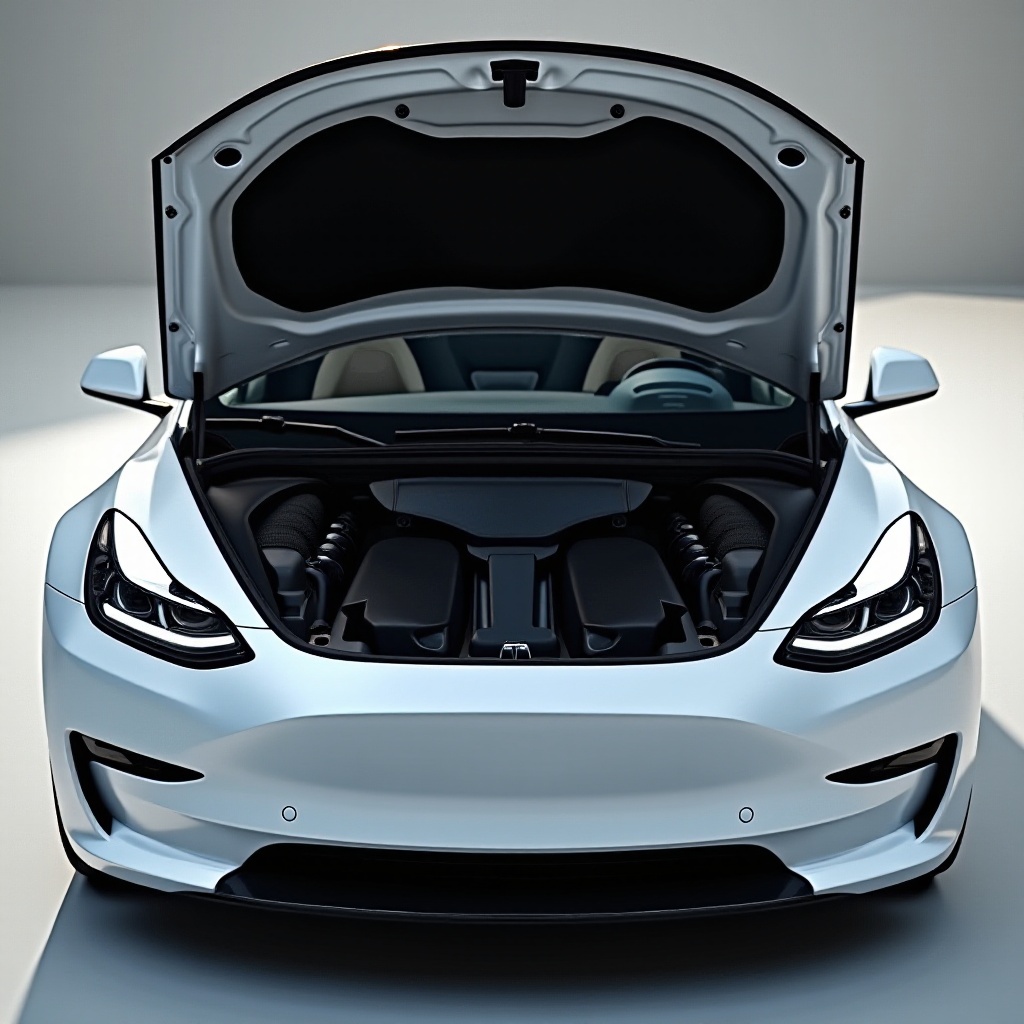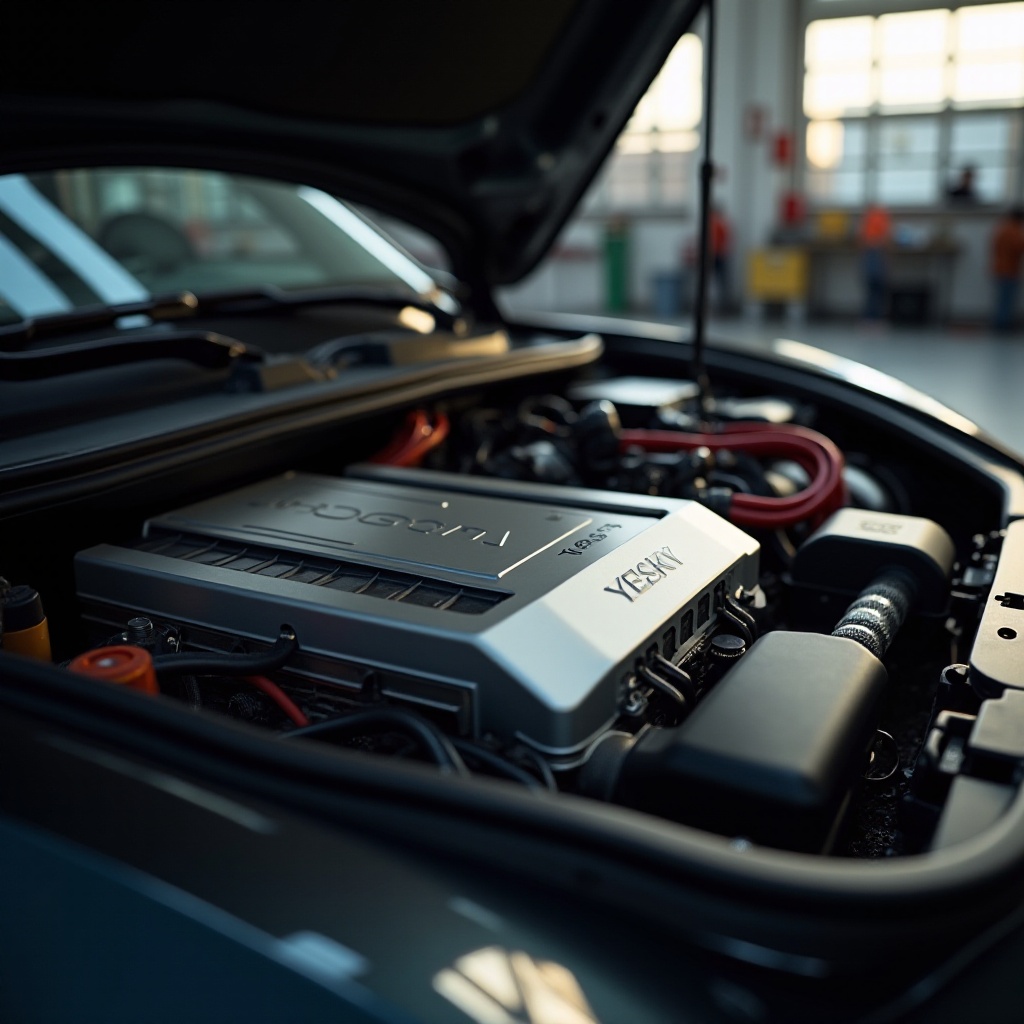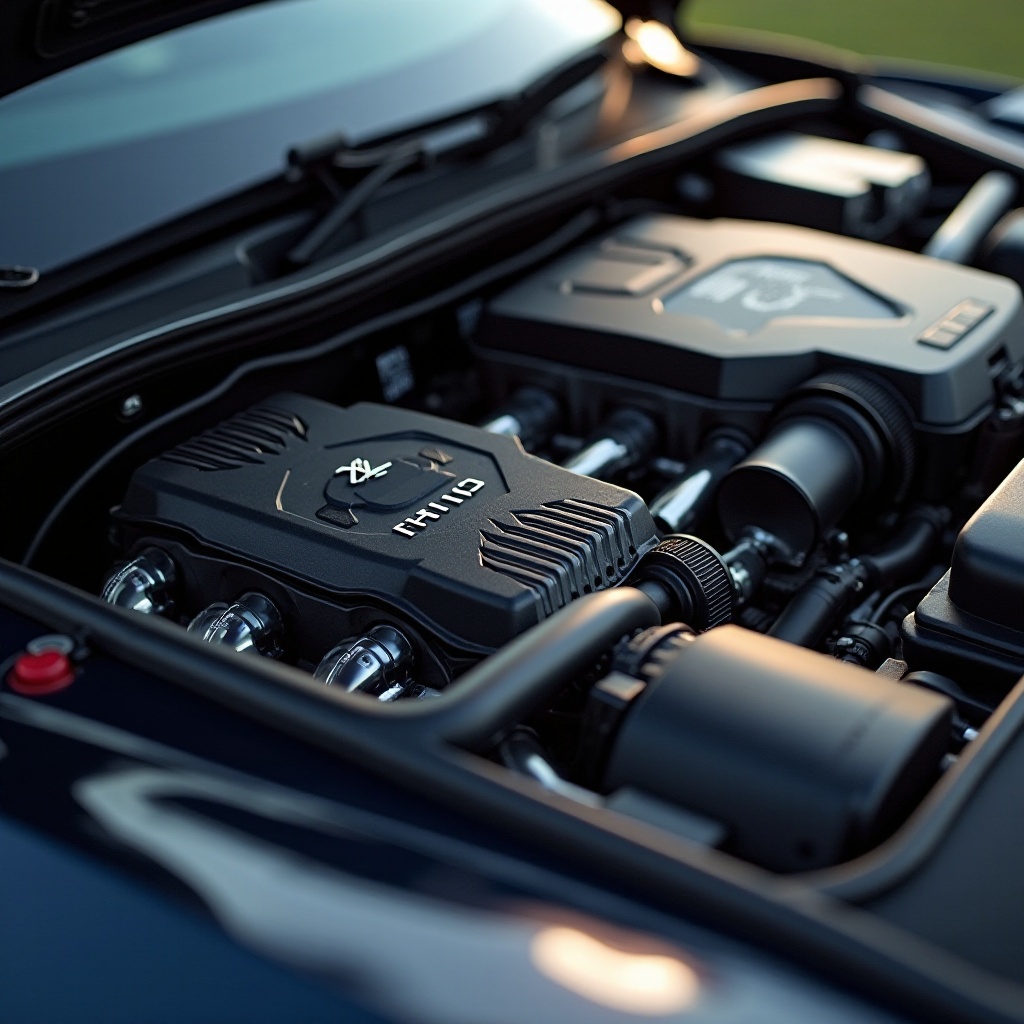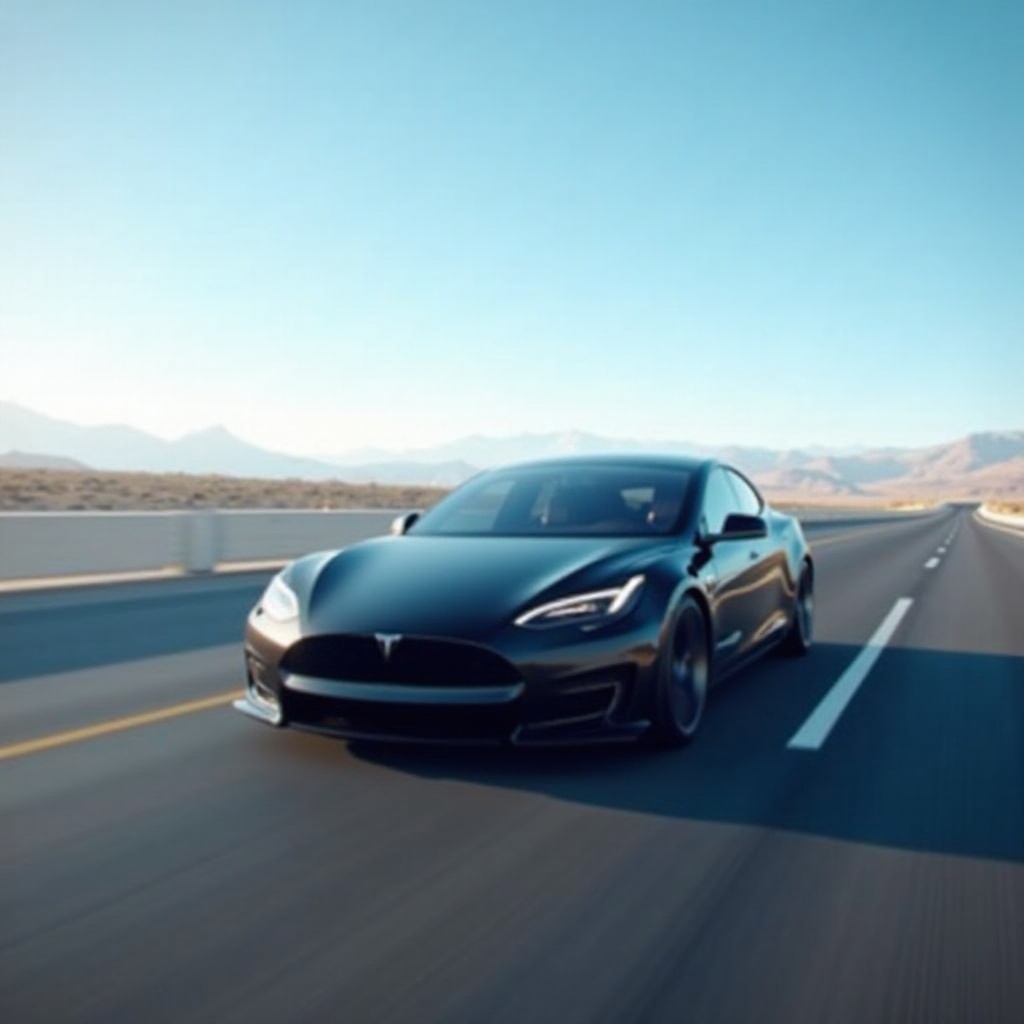Introduction
Tesla vehicles stand at the forefront of innovation in the automotive industry, revolutionizing the way we perceive electric cars. Many people are curious about what makes these electric cars so special. Tesla’s unique features and advanced technology may often be shrouded in mystery, but welcoming that knowledge unveils their fascinating and unparalleled characteristics. This article delves deep into what’s under the hood of a Tesla, revealing the intricate systems that set it apart from traditional vehicles and other electric competitors alike.

The Electric Powertrain
At the heart of every Tesla is its electric powertrain, the system that powers the car forward. Unlike traditional internal combustion engines, Tesla’s electric powertrain comprises an electric motor, a battery pack, and a single-speed transmission. This configuration ensures a smoother and more responsive driving experience as it eliminates the lag often associated with gear changes in conventional cars.
Tesla uses induction motors and permanent magnet motors, which deliver high torque at low speeds for rapid acceleration. The result? A thrilling, almost silent drive that has become a hallmark of Tesla’s brand. This powertrain setup also contributes to the car’s impressive efficiency, making Tesla vehicles some of the most energy-efficient in the market.
The Battery Pack
Connecting seamlessly with the electric powertrain is the battery pack, the lifeblood of Tesla vehicles. Tesla’s batteries are composed of thousands of lithium-ion cells grouped into modules to provide the required energy for propulsion. These cells are adept at storing large amounts of energy and can deliver it rapidly, which is essential for the high performance that Tesla cars are known for.
The design of the battery pack not only maximizes energy storage but also ensures safety. Tesla utilizes an intricate thermal management system to keep the battery at optimal operating temperatures, preventing overheating and enhancing the lifespan of the battery. With consistent advancements in battery technology, Tesla continues to push the boundaries, achieving greater range and shorter charging times.
The Inverter
Linking the battery and the electric motor is the inverter, a critical component of Tesla’s powertrain. The inverter converts the direct current (DC) stored in the battery into alternating current (AC) required by the electric motor. This conversion enables the motor to function and control different aspects of vehicle performance.
The inverter also plays a crucial role in regenerative braking, where it converts kinetic energy back into stored electrical energy during deceleration. This process not only improves efficiency by recapturing energy that would otherwise be lost but also helps extend the driving range.

The Cooling System
To maintain the optimal performance of all these components, Tesla incorporates a sophisticated cooling system. Cooling is essential to prevent overheating, especially during high performance and charging phases. Tesla’s active liquid cooling system is designed to manage the temperature of the battery pack, motors, and power electronics.
This system circulates cooling fluids through channels in the battery pack and other critical components, ensuring they remain within the desired temperature range. Efficient thermal management not only enhances performance but also prolongs the lifespan of batteries and other components.

Autopilot Hardware
What also makes Tesla vehicles stand out is the integration of advanced driver-assistance systems, most notably, the Autopilot. The hardware for Tesla’s Autopilot includes a suite of sensors, cameras, radar, and ultrasonic devices. These components work in unison to provide a 360-degree view of the vehicle’s surroundings.
Connected by a powerful onboard computer, these sensors and cameras process enormous amounts of data in real-time to enable features like adaptive cruise control, lane-keeping assistance, and self-parking. Over-the-air software updates ensure that these capabilities are continuously improving, moving closer to fully autonomous driving.
Charging System
Tesla’s innovative charging system is another vital aspect under the hood, allowing convenient and efficient recharging of the battery pack. The charging system integrates both hardware and software to facilitate multiple charging methods, including home charging and the extensive Supercharger network.
The onboard charger converts AC power from the grid into DC power that the battery can store. The Supercharger network, with its high-speed DC chargers, facilitates rapid charging on long journeys, adding significant range in just a matter of minutes. This expansive charging infrastructure reduces range anxiety, making Tesla vehicles more practical for everyday use.
Conclusion
Exploring what’s under the hood of a Tesla reveals a sophisticated ensemble of advanced technologies working in harmony. From the electric powertrain and battery pack to the cooling system and Autopilot hardware, each component is meticulously designed to offer an unparalleled driving experience. Tesla’s innovations continue to revolutionize the automotive industry, setting new benchmarks for electric vehicles.
Frequently Asked Questions
What kind of battery does Tesla use?
Tesla uses lithium-ion batteries for their vehicles. These batteries are composed of thousands of individual cells organized into modules, ensuring high energy density and performance.
How does Tesla’s Autopilot system work?
Tesla’s Autopilot system employs a combination of cameras, radar, ultrasonic sensors, and a robust onboard computer. This suite processes real-time data to enable advanced driver-assistance features, providing semi-autonomous driving capabilities.
What is the role of the inverter in a Tesla?
The inverter in a Tesla converts direct current (DC) from the battery into alternating current (AC) needed by the electric motor. It also facilitates regenerative braking by converting kinetic energy back into stored electrical energy during deceleration.

